Expert Secrets On How To Make Delicious Home-Cooked Meals As Healthy As Possible
Does the idea of eating healthy make you cringe? Or do you feel like you really want to but don’t know where to start? It might seem like a lot of work or you might not have time to cook, and honestly, who wants to eat salads all of the time? Not me.
The very idea of eating well and making it good for you at the same time can be daunting. But what if you could eat amazing food that was easy to prepare and was super healthy? I’m going to let you in on some expert secrets that will you have doing just that…
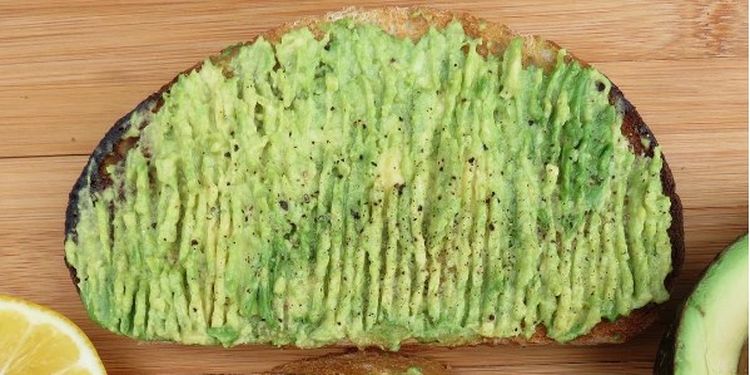
Replace Oils With Fruits And Veggies
Fruits and veggies are a no-brainer in your daily diet but when you use them to replace oil in baking you get delicious and healthy benefits. Organic, unsweetened applesauce can be substituted for oil, at a ratio of 1:1. Consider using organic avocado where you might have traditionally used butter or oil in brownies. Seriously. The creaminess of the avocado is amazing and when you have a strong flavor like chocolate, you won’t taste the replacement.

Choose Higher Quality Meat
Red meat can play a role in any healthy diet as long as it’s from a quality source and is used sparingly. Small amounts of organic, grass-fed beef provide protein and good fats. You can also use ground or minced organic chicken and turkey to stuff peppers. Try adding small amounts of any quality meat as a filler in comfort food meals like sloppy joe’s or tacos. Balance it out with loads of shredded and minced veggies like zucchini, carrots, bell peppers and onions in place of most of the meat called for in the recipe.

Buy Grass-Fed Animal Products
And while we’re on the subject, it’s okay to have bacon, butter and eggs, provided you seek out the healthier alternatives. Look for butter from grass fed cows, eggs from free range, pastured chickens and nitrate-free bacon. Although these foods have been frowned upon in the past, they all can actually have a place in a healthy diet as long as you opt for the high quality sources.

Cook Seasonal Fresh Foods
Fresh, local foods just seem to taste better and there’s a reason for that. When you source your meals from what’s nearby and in season, you’re getting food at the peak of its freshness. Fresh food is more nutritious and definitely more delicious than anything that’s plucked out of season and carried to you over many miles. What’s more, you may get a broader culinary experience by trying out foods you might’ve passed over before.
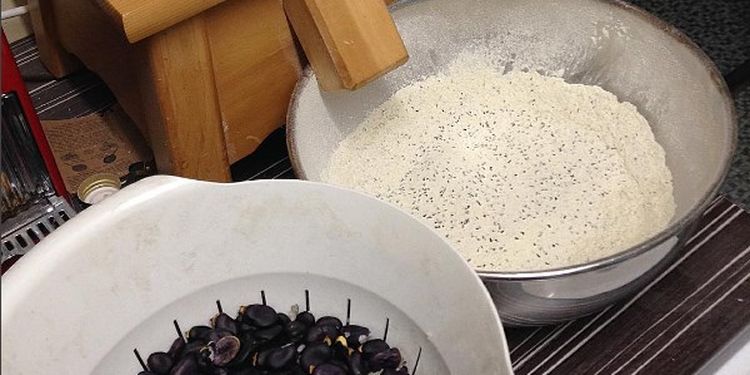
Try Bean Flour In Cream-Based Soups
Most creamy soups start with a roux: a mixture of flour and butter, or oil, and wallop you with fat and calories. A bean flour will give you the same thickness as a roux, and will also provide extra protein. Try a garbanzo bean flour the next time you make a creamy soup and delight your taste buds whilst staying heart healthy.

Limit The Use Of Mayo
Oh, Mayo: how I love you. But my arteries have asked me to lay off for awhile. If you’re in the same boat, opt for yummy, organic Greek yogurt when making tuna or egg salad. You’ll benefit from extra protein, good fats and won’t miss out on any of the lusciousness of mayonnaise because the yogurt has it in spades. If you must have mayo, make your own at home, using organic eggs, light olive oil, some lemon juice and a wee bit of powdered mustard.
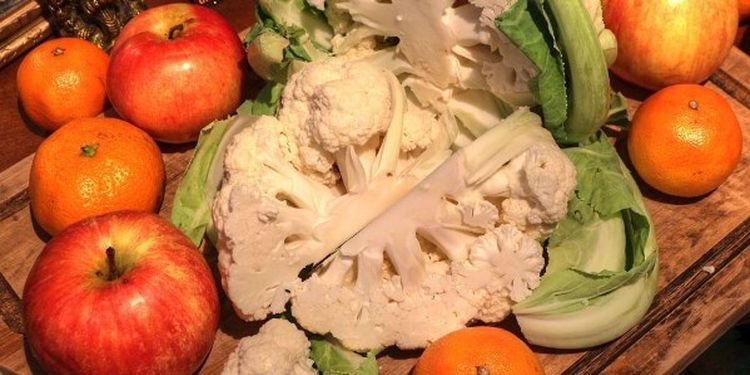
Rice Some Cauliflower
This is an all time favorite of mine! Steam a head of chopped cauliflower til you can pierce it with a fork, then throw it in the food processor with some black pepper and a bit of that butter from grass fed cows and pulse it until you have “rice”. You can enjoy it as is, or throw in a sauté pan with a little olive oil and herbs until it’s the consistency you prefer. This is one fantastic way to get more veggies in your diet.

Coconut Oil Is Your New Bestie
Coconut oil is a wonderful alternative to traditional oils when cooking. It helps increase good cholesterol and curbs your appetite. It also has a high smoke point, meaning you can use it to sauté or sear foods at a high heat without worrying about the fat source burning. Scrumptious grass fed steak, anyone?

Swap Vinegar Or Lemon Juice For Salt
Acids work to enhance flavor in foods just like salt does. Swap out salt when cooking for vinegar or lemon juice. Your blood pressure will thank you and your taste buds will be second in line. Try apple cider or champagne vinegar instead of salt when cooking and enjoy a squeeze of lemon juice on steamed or sautéed veggies.
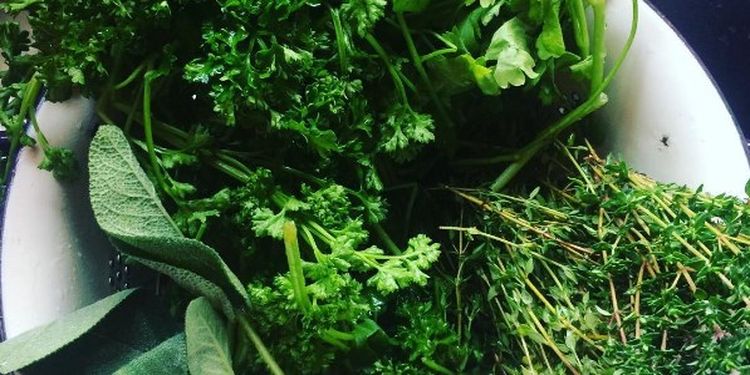
Use Herbs Instead Of Butter
Firstly, let’s be clear- butter isn’t a bad thing. But if you’re looking to give your liver a little break from processing fats, here’s an idea for you. Herbs enhance the flavor of fats like butter when cooking, but you can easily cut out most of the fat and bump up the flavor with fresh herbs instead. Your advantage is two-fold: less lard, butter or cream will decrease the calorie count of the meal and fresh herbs will give you amazing taste. You can also chop up some fresh herbs, pop them in an ice cube tray, add some water or olive oil and freeze. Pull them out when you need a little burst of flavor in a meal.

Use Sweeteners Other Than Refined Sugar
As you probably know, refined sugar is really bad for you. Instead of using it when cooking or baking, be adventurous and try out some other delightful sweets. Honey, date sugar, real maple syrup and rice syrup will give you all the sweetness you need, but will be a tad healthier for you at the same time. Your sweet tooth will still be happy, and your jeans might still fit the next day. That said, these sweeteners aren’t your best friend either, so proceed with caution.
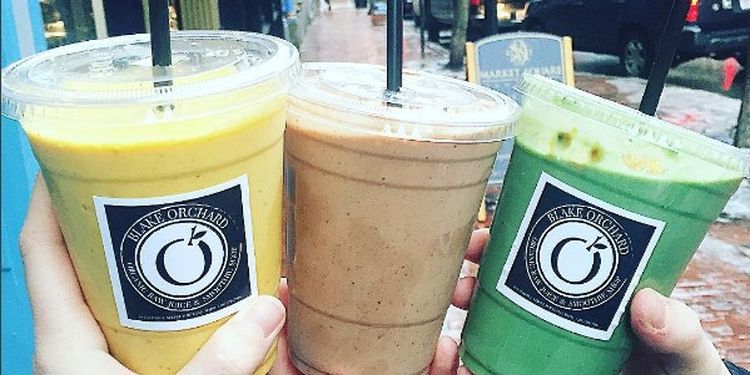
Don’t Use Fruit Juice In Smoothies
Fruit juice can be full of added sugars and other ingredients that aren’t put in there for your health. When making a smoothie, always opt for using the real, whole fruit. Frozen or fresh, it makes no difference; the main thing is to use all of the goodness that fruit has to offer. You get sweetness and fiber without the unwanted sugar rush.

Add Yellow Tomatoes Instead Of Water
To your smoothie, that is. Water works fine as the liquid for your favorite breakfast on the go, but surprise! Yellow tomatoes will give you a nice consistency in your morning smoothie. The acidity of tomatoes also balances out the sweetness of any fruit you’ve used. In addition, you get a health boost from tomatoes being high in antioxidants and lycopene, a phytonutrient that has been shown to halt cancerous tumor growth.

Add Veggies To Pizza And Pasta
Homemade pizza and pasta are so yummy! They’re also an excellent place to sneak in extra veggies. Load up pizza with bell peppers, mushrooms, fresh basil, and tomatoes but go light with pasta dishes, perhaps just adding one or two veggies. You’ll up the nutrition factor of both dishes and likely come up with some fun new flavor combos in doing so. Your body will also thank you for the extra nutrients and vitamins.

Ditch The Soda In Favor Of Herbal Tea
Soda, with its added sweeteners and chemicals, is a beverage you should definitely avoid. Try making a pitcher of herbal iced tea instead for a lovely pick-me-up. You can also invest in a home carbonated water maker and make delightful bubbly waters with organic, unsweetened blueberry, tart cherry, pomegranate or cranberry juice. You’ll have the joy of a fun drink and get your fill of powerful antioxidants.

Add Nuts To Veggies, Salads, Fruit Desserts
Nuts are one of the best snacks to take on the go with you, but try adding them to regular mealtimes for a boost of flavor and good fats. You can toss them on steamed veggies, sprinkle them over oatmeal, use them to decorate your baked goods and even make tasty homemade pesto using basil, olive oil, and pine nuts or walnuts.

Safe Grilling
Grilling, boiling and charring can add flavor to fish, poultry and meat but these methods also come with some unhealthy side effects. Advanced Glycation End-products (AGEs) and Polycyclic Aromatic Hydrocarbons (PAHs) are byproducts of these types of cooking which cause damage to cells. You can partially counterbalance this by marinating with citrus juice or vinegar and herbs like oregano, rosemary, and thyme.

Opt For Sweet Potatoes
Sweet potatoes are lower on the Glycemic Index than white potatoes and boast carotenoids, copper, and fiber. Carotenoids, an antioxidant powerhouse, are fat soluble nutrients, meaning your body absorbs them best when consumed with fat like avocado, coconut, olive oil, nuts or seeds. They have been shown to fight inflammation and disease and can also improve eye and skin health.

Get Spicy!
A study of almost half a million volunteers in China showed that those who ate chilies just a couple times a week had a 10 percent lower risk of death. And those who ate chilies daily lowered their risk of dying by 14 percent. The prevailing thought is that the active ingredient, capsaicin, has anti-inflammatory and antimicrobial effects as well as increases circulation.
